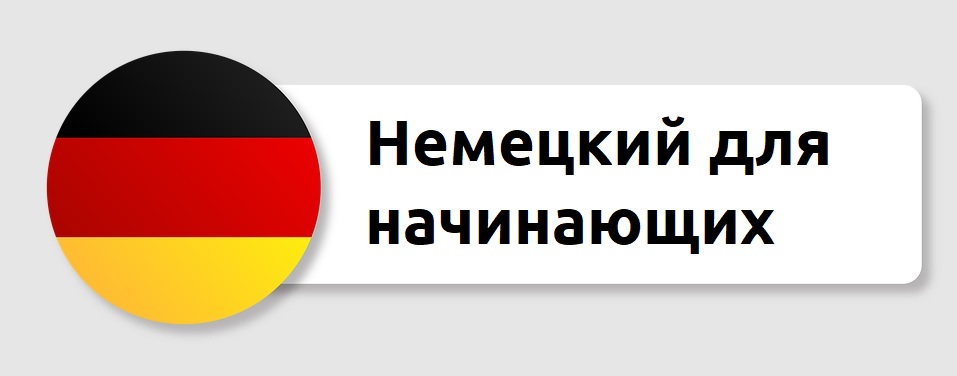Improve your ability to speak English
The Golden Man ? El Dorado
When Christopher Columbus sailed west from Spain in 1492, he was trying to reach the Spice Islands (which today are called Indonesia).
Spices were very scarce and valuable in Europe at this time.
No one knew that two vast oceans and the American continents lay between Europe and Asia.
Columbus did not find spices in America, but he did bring home some gold trinkets.
The American Indians wore these as jewellery.
Gold, not spices, was to become the biggest motive for exploration.
Expeditions into the interior of the Americas were very costly and very risky.
Only by promising the authorities huge profits could sailors and soldiers raise money for their expeditions.
They also needed to promise rich rewards in order to get followers and crews.
If a leader returned to Europe without gold and jewels, he might end up in jail.
No wonder the Spanish conquerors were always searching for gold.
At first, the Spaniards stayed around the coasts of the Caribbean Sea, but stories of gold in the interior tempted them to explore inland.
They asked the Indians where their gold jewellery came from.
The Indians would point further inland.
They said that a wealthy people lived in the high mountains that traded gold and emeralds for pearls, cotton and shells.
The Spanish Emperor had given the rights to exploit present-day Venezuela and
Colombia to his German bankers in 1528.
So Germans – Dalfinger, Federmann and Hohermuth – led a series of expeditions into the jungles, grasslands and mountains.
Meanwhile, Spanish conquerors had found immense riches in gold and silver. Hernando Cortes had captured the Kingdom of the Aztecs in Mexico in 1519.
He had sent immense treasures to Europe.
Soon after this, Francesco Pizarro began to explore the west coast of South America.
In 1531, Pizarro invaded Peru and destroyed the Kingdom of the Incas.
Pizarro melted down the gold and silver treasures of the Incas, and sent gold and silver bricks back to Spain.
The rush to find more gold became very heated.
Rumours came down from the mountains of Colombia about a golden man – el hombre Dorado.
There were stories about a king so rich that he wore gold dust instead of a coat.
Colombia was the Kingdom of the Chibchas.
They were a trading people who traded salt and emeralds for gold, cotton, pearls, and shells.
The actual gold did not come from their kingdom.
It was found in the mountain rivers, and brought to the Chibchas for refining and metalwork.
Several armies converged on Chibcha territory.
The first to arrive was the Spaniard Quesada, coming up the Magdalene River from the Caribbean.
He found the chief cities of the Chibchas and seized their gold and emeralds.
Shortly afterwards, one of Pizarro's captains arrived from Peru and Ecuador.
Then the German Federmann arrived from Venezuela.
Quesada gave the latecomers some gold and jewels to ease their disappointment.
Quesada's men also found out about the Golden Man.
High in the mountains was a lake created by a meteorite.
The Indians believes that the 'golden god' from the sky now lived at the bottom of the lake.
When a new leader of the tribe was elected, he was covered in grease, and fine gold dust was blown over his body so that he appeared to be made of gold.
He was taken out to the middle of the lake on a raft.
He would jump into the lake, and stay in the water till the gold dust was washed off.
It was considered an offering to the god.
Gold ornaments were also tossed in the lake.
Then the king and his followers would return to the shore.
This ceremony was stopped several generations before the Europeans arrived.
Many people were unwilling to believe that this was the whole story.
They began to search for a golden city hidden in the jungle.
Many explorers perished in this search.
In their search for gold, the Spanish conquerors destroyed the great Indian civilizations of America. Towns and villages had been ruined, thousands of people killed and wonderful pieces of art melted down.
Some Indians believed that gold must be a food that Europeans desperately needed to stay alive.
In many cases, the Europeans destroyed the trading and social systems that had produced their wealth.
When we think about the great achievements of a few conquerors and explorers, we are also sad about how much death and damage they caused.
